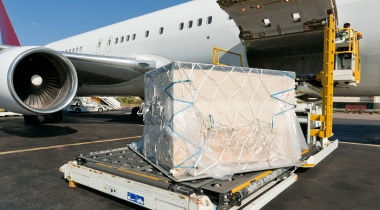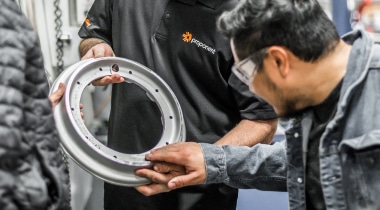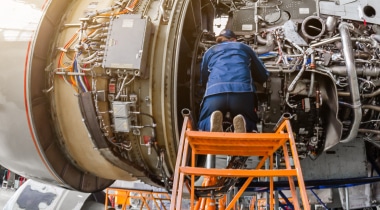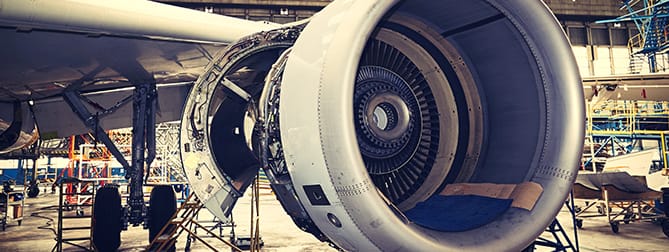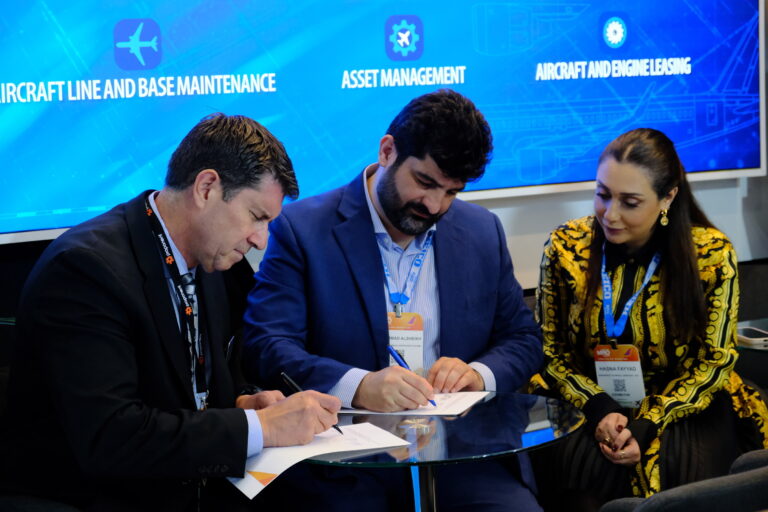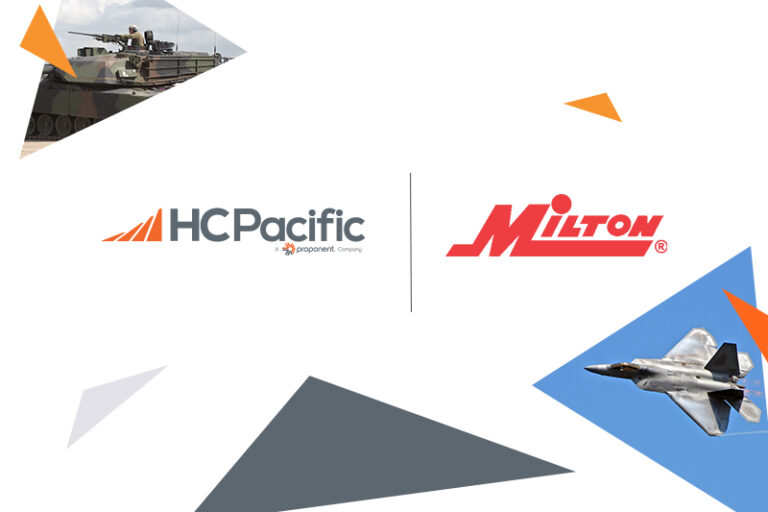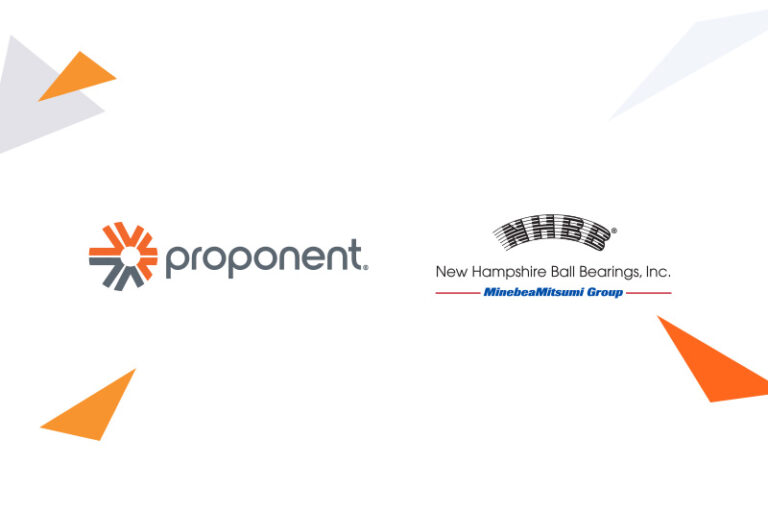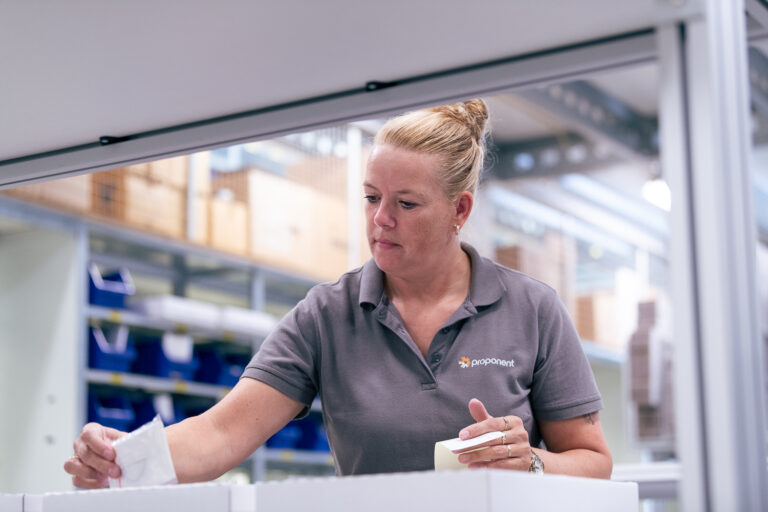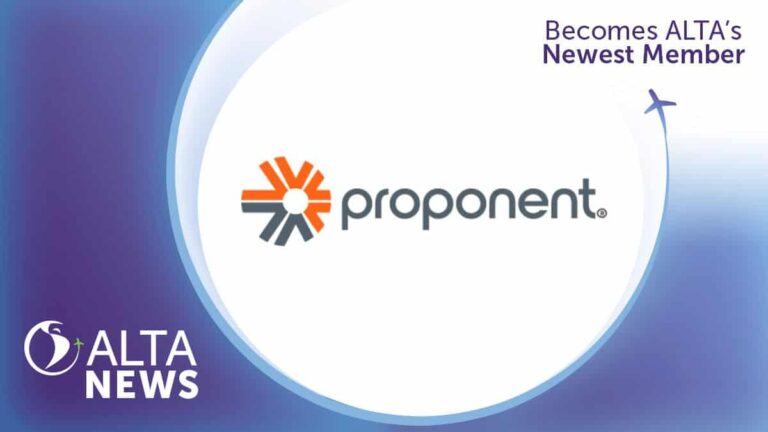The term “prescriptive maintenance” is derived from the principle of prescriptive analytics. This concept is a step past predictive maintenance. One of the differences between predictive vs prescriptive maintenance, is that prescriptive not only supplies the possible outcomes in a situation, it also gives the best avenue to pursue based on analysis of those outcomes. This mode of strategy basically allows computing models to “think” for themselves, removing the guesswork for MROs and optimizing efficiency in an industry under tight deadlines. While already in use within aviation, this strategy has not yet become the standard for aircraft inspections and repair.
Prescriptive Analytics for Ticket Sales
Travel sites and airlines have long utilized prescriptive analytics to regulate ticket sales. Airlines use this model to determine the maximum amount they can expect to receive for an airline ticket at any given point in time. Travel sites, like Kayak, use this concept similarly to predict future ticket sales and to recommend the best purchasing time for customers. To take it a step further, FLYR, a business-to-business travel company, uses this model to not only recommend purchasing times, but to allow customers to secure future flights at predicted lower prices. But how can these methods help to maximize MRO efficiency?
Prescriptive Maintenance and MROs
Predictive maintenance is already heavily relied upon within aviation. This method of analysis is used to alert MROs to aging parts and to predict the lifecycle of a system. However, this method does not tell maintenance professionals the next steps to take after an alert. Should a part be replaced, or is it repairable? How long will a repaired part last, and how does that factor into the expected lifespan of an aircraft? While these are simple, illustrative examples, often the questions that plague MROs are far more complex. Luckily, prescriptive maintenance systems can consider far more information than individuals can. Thanks to the industry’s embrace of the Internet of Things and the large amount of data that is already gathered through sensors in nearly every quadrant of an airplane, the transition from predictive to prescriptive maintenance is possible. So why hasn’t this method seen wide-scale adoption?
Obstacles to Adoption
Within all industries, major changes to infrastructure can be difficult. In aviation, these obstacles are often magnified.
Cost
While efficiency is particularly beneficial to aerospace due to the astronomical costs of grounded airplanes, the industry has not always been the most profitable. As Sir Richard Branson has said of his airline aspirations, “If you want to be a millionaire, start with a billion dollars and launch a new airline.” Until recent years, the industry has struggled to be profitable. Costs associated with this overhaul include major software upgrades, extensive staff retraining and the expense of employing skilled individuals to upkeep this complex system. However, profitability trends have begun to shift in recent years, which may create openings for these upgrades.
FAA Approval
Commercial aviation continues to be one of the most heavily regulated industries in the world. Because of this, some of the efficiency benefits prescriptive maintenance would bring to MROs could affect routine plane maintenance schedules and other required FAA processes. Approval by this regulatory body would be essential to maximizing the full potential of this analytical system—approval that can often be a long, drawn-out process.
While efficiencies like prescriptive maintenance may not have yet reached day-to-day inclusion in the activities of MROs, suppliers and distributors can utilize these methods to assist MRO partners. At Kapco Global, our aim is to ensure that our own efficiency translates into time-saving advantages for our customers. Whether it means extending our global reach through partnerships with Avio-Diepen to improve stocking and service locations around the world or ensuring that our e-commerce site, Kapco kart is a one-stop shop for aerospace parts information, we work to pass on internal time-saving measures to those who rely upon us in the aerospace supply chain.
Read More from the Kapco Blog
2017 Commercial Aviation Predictions and Obstacles
Kapco Global’s UK Facility Is ISO 14001 Certified for Its Eco-Friendly Practices

